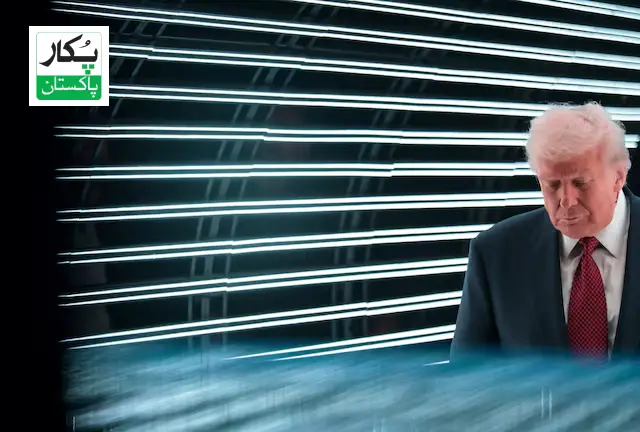President Donald Trump will host leaders of five Central Asian nations at the White House on Thursday. The Trump meeting Central Asian presidents aims to deepen U.S. influence in a region historically dominated by Russia and increasingly courted by China.
Strengthening U.S. Ties in Central Asia
The meeting comes amid intensifying global competition for Central Asia’s mineral and energy wealth. Moreover, Western nations are striving to reduce dependence on Moscow and Beijing.
During the discussions, the leaders are expected to explore new opportunities in trade, energy, and security. As a result, the Trump meeting Central Asian presidents could open doors for stronger bilateral and regional cooperation.
C5+1 Platform Revives Regional Cooperation
In fact, the talks are being held under the C5+1 framework, launched in 2015. This platform connects the United States with Kazakhstan, Kyrgyzstan, Tajikistan, Turkmenistan, and Uzbekistan to advance economic and security partnerships.
Furthermore, the leaders will attend an official dinner with President Trump at the White House. Meanwhile, U.S. and Kazakh officials have already signed a memorandum on critical minerals cooperation, signaling progress toward mutual goals.
Read more: US to Establish Military Base in Damascus: Strategic Move
Securing Access to Critical Minerals
According to experts, the U.S. will pursue both governmental and commercial partnerships to ensure steady access to vital minerals. These minerals are essential for clean energy production and advanced technologies.
Additionally, Gracelin Baskaran from the Center for Strategic and International Studies explained that Washington seeks a strategic foothold. “As China and Russia expand control over mining and infrastructure, the U.S. must act decisively,” she stated.
Central Asia’s Strategic Importance
The five Central Asian countries, home to around 84 million people, possess abundant uranium, copper, gold, and rare earth minerals. Therefore, they play a critical role in the world’s transition to clean energy.
Kazakhstan, for example, produces nearly 40% of global uranium, while Uzbekistan ranks among the top five producers. Together, they supply over half of the world’s uranium — a resource vital for U.S. nuclear energy.
Reducing Reliance on Russia and China
Currently, Russia provides about 20% of America’s imported uranium. Consequently, diversification has become an urgent strategic goal for Washington.
Under Trump, the U.S. has adopted a multi-layered strategy to reduce reliance on China’s mineral supply chains. In addition, China has occasionally restricted exports of rare earth elements, copper, and titanium — actions that highlight the need for new partners.
Thus, the Trump meeting Central Asian presidents forms part of this broader plan to strengthen U.S. energy and mineral security.
A Strategic Move for the Future
Ultimately, this meeting marks a key milestone in reshaping regional alliances. By engaging Central Asian nations, the U.S. hopes to balance the growing power of Moscow and Beijing.
In conclusion, the Trump meeting Central Asian presidents showcases Washington’s commitment to building enduring partnerships and securing a stable future in global trade and energy.


